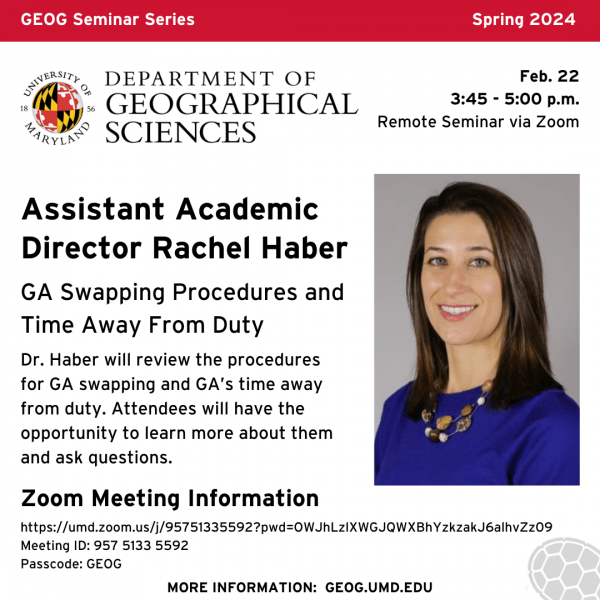Global Land Cover Facility Creates First High-Resolution Global Maps of 1990 Forest Cover and 1990-2000 Change
Maps of historical forest cover are crucial baselines for satellite monitoring of changes in Earth’s forests. They are also necessary for understanding the social and ecological causes and impacts of forest changes, and assessing the effectiveness of conservation policies—most notably for the Reduction of Emissions from Deforestation and (forest) Degradation (REDD). In a new study published in the journal Remote Sensing of Environment, the Global Land Cover Facility (GLCF) in the University of Maryland Department of Geographical Sciences announced that it has produced the world’s first high-resolution global map of 1990 forest cover and the first map of forest-cover change from 1990 to 2000.
The new maps are based on the U.S. Geological Survey archive of Landsat imagery that was released to the public in 2009. They extend the post-2000 database of forest changes released by the GLCF in 2013 (Sexton et al. 2013, Sexton et al. 2014). Although some gaps still remain over central Siberia and India due to lack of coverage by the raw Landsat data, this is the first successful retrieval of high-resolution (30-m) global forest cover from the satellite record prior to 2000. Both the 1990-2000 and 2000-2005 forest-cover and forest–change maps are openly available in GIS format to the public at the GLCF website. Layers for 1975-1990 and 2005-2010 layer are in development and will be released in 2015.
Depicting gains, losses, and their net effect, the maps extend the record of forest-cover change globally and into the previous century. Many recent hotspots of deforestation—including much of Indonesia and the Amazonian “Arc of Deforestation” — were already experiencing major losses in the 1990s. The timberlands of Sweden and the southeastern U.S. showed high turnover, with extensive gains as well as losses. Many perennial centers of change (e.g. inland Southeast Asia) experienced acceleration or deceleration of change around the turn of the (21st) century, while others (e.g. most of Africa) exhibited persistently slow rates of change.
“Before this, the only source of information on pre-2000 forest-cover changes was the FAO [United Nations Food and Agriculture Organization] report, which has been criticized for its inconsistent definition of ‘forest’ and its reliance on self-reporting by the countries doing the deforestation,” said Do-Hyung Kim, lead author of the study.
The Global Forest Cover Change Project is NASA-funded project of the Global Land Cover Facility. Its findings will be crucial for inferring the efficacy of policies and for analyzing causal relationship between socio-economic drivers and forest cover changes. The global forest cover and change maps will be made publicly available for free download at the GLCF website (www.landcover.org).
CITATIONS:
Kim, D.-H., J.O. Sexton, P. Noojipady, C. Huang, A. Anand, S. Channan, M. Feng. J.R. Townshend. in press. Global, Landsat-based forest-cover change from 1990 to 2000. Remote Sensing of Environment DOI: 10.1016/j.rse.2014.08.017
Sexton, J.O., P. Noojipady, A. Anand, X.-P. Song, C. Huang, S.M. McMahon, M. Feng, S. Channan, J.R. Townshend. 2014 (in press). A model for the propagation of uncertainty from continuous estimates of tree cover to categorical forest cover and change. Remote Sensing of Environment
Sexton, J.O., X.-P. Song, M. Feng, P. Noojipady, A. Anand, C. Huang, D.-H. Kim, K.M. Collins, S. Channan, C. DiMiceli, J.R. Townshend. 2013. Global, 30-m resolution continuous fields of tree cover: Landsat-based rescaling of MODIS continuous fields and lidar-based estimates of error. International Journal of Digital Earth 6(5): 427-448.
JOURNAL URL: http://www.sciencedirect.com/science/article/pii/S0034425714003149#
CONTACT INFORMATION: John Townshend, the Principal Investigator of the GFCC project (www.forestcover.com), is available at @email. Joseph Sexton, senior scientist at the GLCF, is available for comment at @email. Do-Hyung Kim, the study’s lead author, is available at rsgis@umd.edu.
Published on Tue, 10/14/2014 - 10:37


